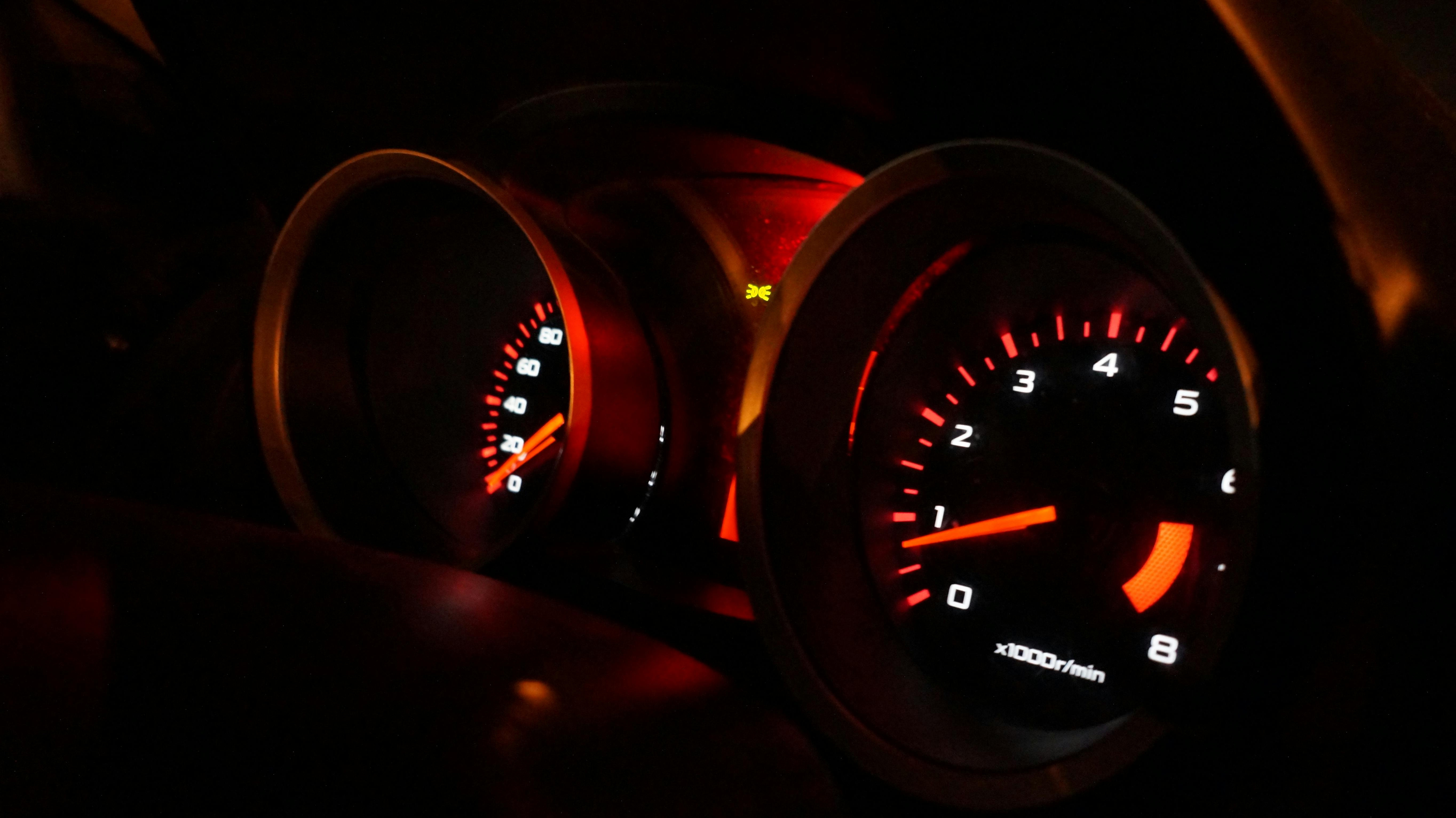Role of a Circuit Board Stiffener in Vibration Damping
A circuit board stiffener is an important addition to a flexible printed circuit board (FPB). Its primary function is to prevent bending in specific areas of the board. It also provides a degree of rigidity that helps the circuit lie flat during soldering and increases its lifespan, improving performance and reliability.
A circuit board stiffener is often made of FR4 glass epoxy, though polyimide and aluminum are also popular choices. FR-4 is commonly used due to its low cost and quick turnaround. It also offers the advantage of utilizing the same laminate material as the FPC substrate, ensuring easy assembly. It can be attached to the PCB with thermal or pressure sensitive adhesives.
Depending on the type of PCB, stiffeners can be added to different locations. They can be placed along the edges of the board to prevent flexing and improve mechanical strength. They can also be added to the center of a populated area of the board to help prevent vibrations that could damage components or the overall system.

The Role of a Circuit Board Stiffener in Vibration Damping
In the case of a flex circuit, the addition of a stiffener can significantly reduce stress in the region around gold finger insertion slots. This can greatly increase the lifespan of the circuit, as a flex circuit is susceptible to damage during handling, insertion and use. In the case of a thick flex PCB, a stiffener can also increase the thickness and allow it to better resist bending and improve its ability to transmit currents.
Stiffeners are usually attached to the flex circuit with either thermal or pressure sensitive adhesives. When using thermal bonding, the stiffener is melted in place by heat to form a stronger and more permanent attachment. This method is typically used for industrial applications where a high level of durability is required. In contrast, pressure sensitive adhesives only require the application of pressure to adhere the stiffener to the underlying circuit board. This is a more affordable option, but it can be less reliable and may not be as durable as a thermally bonded stiffener.
To test the damping capability of a stiffener, Park et al. [19] conducted free vibration tests at various temperature conditions. They also performed a fatigue test of an electronic package. They found that a PCB with five layers of viscous lamina tapes exhibited a much higher damping ratio than a PCB without any interlaminated layers.
When using a stiffener with plated-through hole components, manufacturers must ensure that it is on the same side of the board as the component to avoid any complications during assembly. The stiffener must be able to provide enough rigidity and support for the component, while allowing access to the solder pads. Manufacturers can attach stiffeners to both sides of the circuit, but this will require an array configuration review to ensure that it won’t create any issues during assembly. Stiffeners can be removed without damaging the circuit, if care is taken while removing them.


